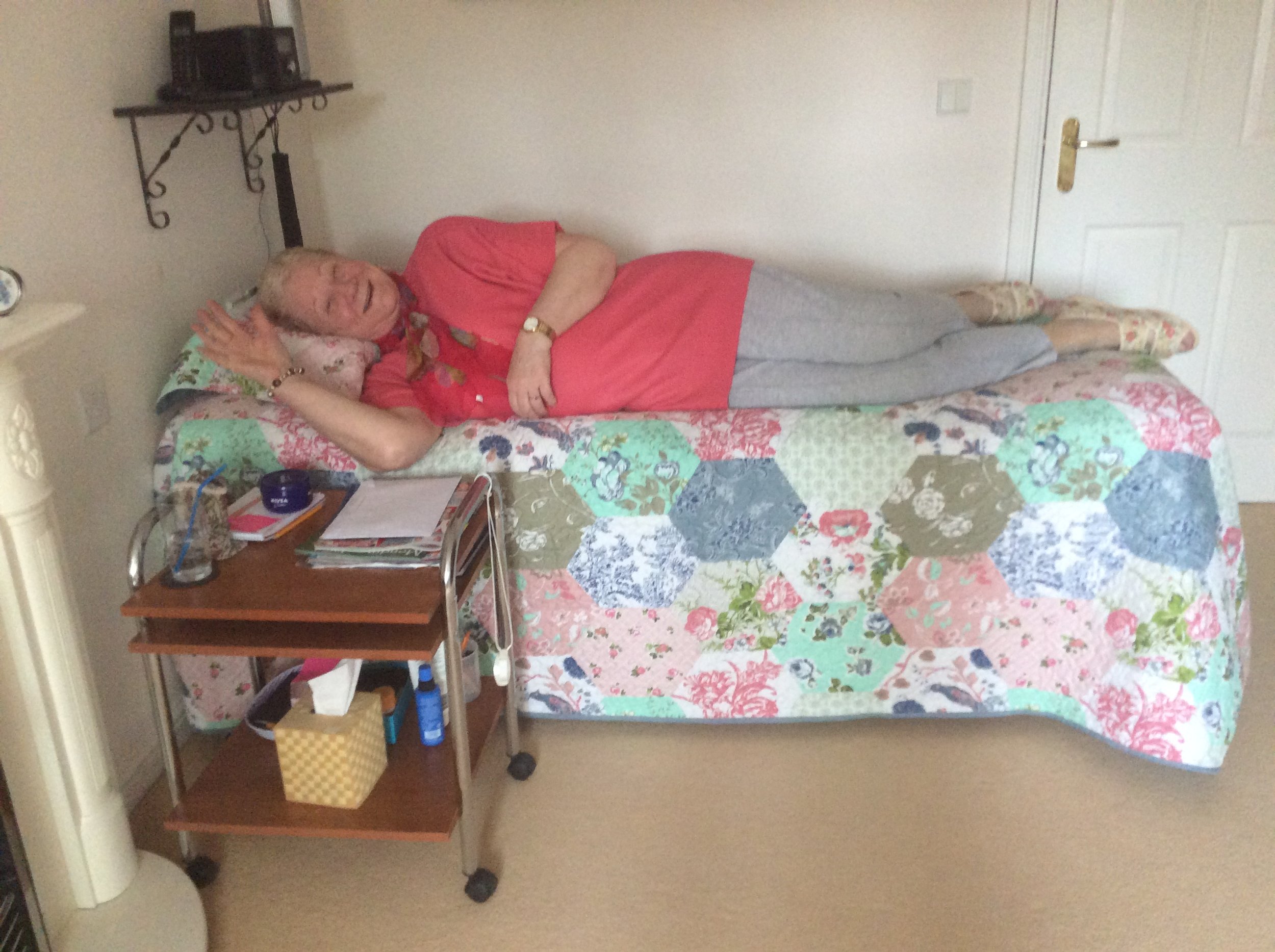16 Key Findings about Arachnoiditis
/By Forest Tennant, MD, PNN Columnist
We initiated the “Arachnoiditis Research Project” about 6 months ago. Our first goal was to pull together what we have learned to this point. While we continue to gather new information, this short report is an interim attempt to get our findings into the patient and practitioner communities.
This report is not intended to be a formal protocol or guideline, but a way to pass on what we have found and determined during the course of our learnings. Please keep in mind that research is neither static nor absolute. In the future, newer findings will likely both clarify and expand upon our initial findings as presented in this report.
Frankly, the response to the Arachnoiditis Research Project has been overwhelming. Each day we receive inquiries from patients and practitioners. Patients want help. Practitioners want to know what to do.
We have now reviewed over 300 MRI’s of Adhesive Arachnoiditis (AA) cases. We have received inquiries from 5 continents and over 17 countries. One thing is clear. The need to research and identify treatment for AA is here.
The goal of our research is to bring AA treatment to every community worldwide. How? By developing both diagnostic and treatment protocols that can be implemented by any medical practitioner in every community. Here is what we have learned so far:
16 Findings about Adhesive Arachnoiditis
Treatment efficacy is best achieved by the simultaneous administration of a three component medication program to suppress neuroinflammation, promote neuro-regeneration (nerve regrowth), and provide pain control to function. Medication for these three categories can be competently prescribed by any primary medical practitioner.
The most common cause of lumbar sacral AA is no longer dural puncture or trauma but intervertebral disc deterioration and spinal stenosis, which has forced cauda equina nerve roots to rub together causing friction, inflammation and adhesion formation.
Although there is no single symptom that uniquely identifies AA, there are a few symptoms that the majority of AA patients will usually have. A simple 7-question screening questionnaire has been developed to help in identifying potential AA. If a patient answers “yes” to at least four of the seven questions in the test, they should immediately be evaluated by a physician to confirm the diagnosis.
A contrast MRI or high-resolution TESLA-3 or higher MRI can be used to visualize the cauda equina nerve roots and show abnormal swelling, displacement, clumping, and adhesions between clumps and the arachnoid layer of the spinal canal covering. A greater number and larger size of clumps is generally associated with the most severe pain and neurologic impairments.
Some MRI’s are inconclusive or equivocal even though typical symptoms may be present. In these cases, therapeutic trials of anti-neuroinflammatory drugs and pain control are warranted.
Spinal fluid flow impairment is common in AA patients and appears to be a cause of headache, blurred vision, nausea, and dizziness. Obstruction or back-up of fluid can often be seen on an MRI.
Spinal fluid “seepage” throughout the damaged arachnoid layer and wall of the lumbar sacral spine covering is common and can be a cause of pain, tissue destruction and severe contraction that causes restriction of extension of arms and legs. A physical sign of chronic seepage is indentation of tissues around the lumbar spine.
Pain due to AA appears to be a combination of two types: inflammatory and neuropathic (nerve damage). It may also be centralized with what is called “descending” pain. Proper pain control may require medicinal agents for all types.
There is currently no reliable laboratory test for the presence of active neuroinflammation, although certain markers (by-products of inflammation) such as C-Reactive Protein and myeloperoxidase may sometimes show in the blood. Neuroinflammation may go into remission, but it may also act silently to cause progressive nerve root destruction.
Basic science and animal studies show the neuro-steroids (hormones made inside the spinal cord) have the basic functions of neuroinflammation suppression and neuro-regeneration stimulation. Our observations clearly indicate that the patients who have improved the most have taken one or more of the hormones reported to reduce neuroinflammation and promote and support neuro-regeneration.
Patients who have had AA for longer than 5 years must rely on aggressive pain control to function and achieve recovery. After a long period of untreated neuroinflammation, scarring of nerve roots is too severe for much regeneration to occur.
The drugs and hormones required for suppression of neuroinflammation and promotion of neuro-regeneration do not need to be taken daily to be effective and prevent side effects. Medical practitioners have a choice of agents, and they can be competently prescribed by primary care practitioners. We have found that three times a week dosing is usually quite sufficient.
Persons who have developed AA without warning, trauma or chronic disc disease have often been found to have a genetic connective tissue disorder of which the most common are Ehlers-Danlos syndromes.
Cervical neck arachnoiditis is primarily a clinical and presumed diagnosis as there are no nerve roots to clump and observe on MRI. The key MRI finding is spinal fluid flow obstruction and the major clinical symptom is extreme pain on neck flexing.
Only ketorolac among the anti-inflammatories, and methylprednisolone among the corticoids are routinely effective in AA. Other anti-inflammatories and corticoids either do not cross the blood brain barrier or therapeutically attach to glial cell receptors.
Some seemingly unrelated compounds found to suppress microglial inflammation in animal and invitro studies also appear to have therapeutic benefit as neuroinflammatory suppressors in AA patients. These include pentoxifylline, acetazolamide, minocycline and metformin.
The Tennant Foundation has also released an enhanced protocol for primary care physicians who treat AA patients. You can find the protocols and research reports on our website.
Forest Tennant, MD, MPH, DrPH, has retired from clinical practice but continues his groundbreaking research on the treatment of intractable pain and arachnoiditis.
This report is provided as a public service by the Arachnoiditis Research and Education Project of the Tennant Foundation and is republished with permission. Correspondence should be sent to veractinc@msn.com
The information in this column should not be considered as professional medical advice, diagnosis or treatment. It is for informational purposes only and represents the author’s opinions alone. It does not inherently express or reflect the views, opinions and/or positions of Pain News Network.




































